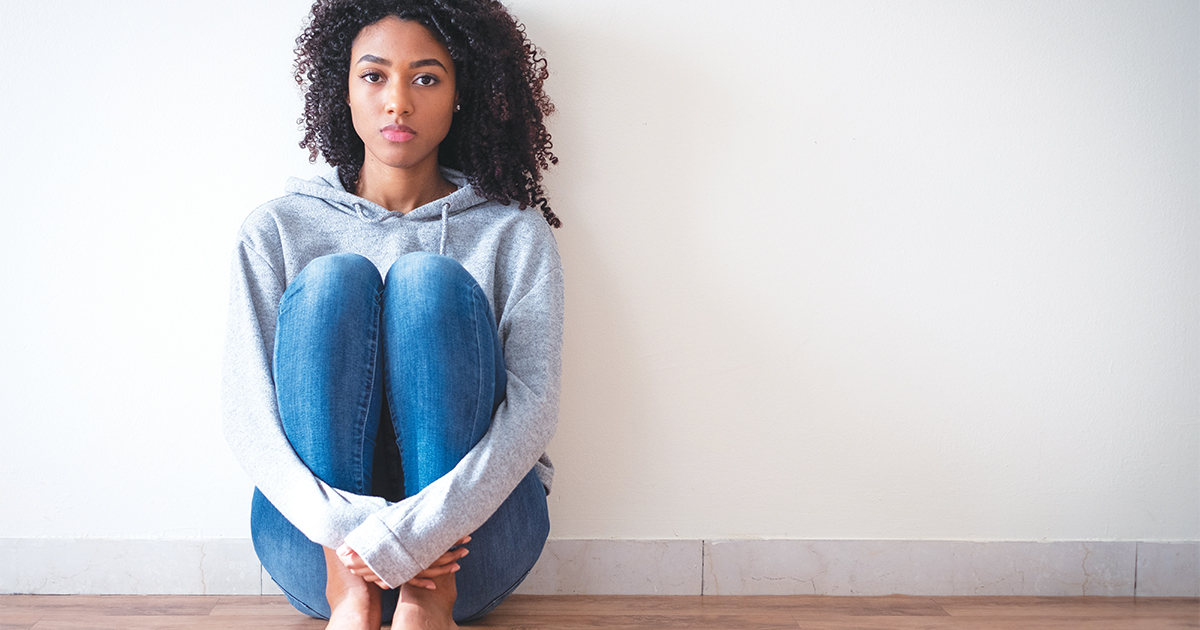
Mental Health Exercises for the Classroom
January 18, 2022
In today’s day and age, students have more issues affecting their mental health than any generation in recent history.
From social media to COVID scares to school shootings and looming climate change, they have a lot on their minds, on top of trying to keep grades up and fit in socially.
As a teacher, it’s not your job to solve all of these problems. However, for the sake of your students and the classroom at large, you can play in active part in making sure they feel seen, heard and cared for.
There are just about a million ways to address mental health in the classroom, whether it’s in-person or over Zoom, but here are a few ideas to get you started:
- A Feelings Check-in: Begin the day by asking your students to take their “feelings temperature,” writing in a personal journal how they’re feeling, where in their body they’re feeling it—beating heart, tense jaw, bouncy legs—and why they might be feeling that way. Then, the teacher and some students can talk about how they feel, or everyone can simply keep it to themselves, using this new awareness to reflect on and cope with these feelings.
- Group Games: The concept of team trivia or other games in the classroom is hardly new, but students need social bonds now more than ever, as feeling lonely and isolated has one of the biggest impacts on mental health.
- Two-Minute Meditation: When I was a kid, we regularly took time to do hand and wrist exercises in class to prevent cramps. You can do something similar with mental health, taking two minutes of each day to encourage students to close their eyes and focus only on breathing in and out.
- Mental Paradise: You can also utilize a longer, guided meditation, turning it into a classroom project at the end. Put on some ambient music and ask students to close their eyes and imagine the perfect day—where are they, who are they with, what do they smell, hear, feel, etc.? Then, once you’ve come back to reality, have them write it out as a creative writing exercise. I did this exercise once in 6th grade and still remember that perfect day I imagined then.
- Screen-Free Activities: This might seem obvious, but once you’re back in the classroom, make the most of it with activities that don’t use any screens at all. Students have more screens and more time to look at them than ever, and even adults need to be forcibly torn away from technology at times. Taking a hike, playing board games, drawing, building something—these are all enriching activities for every age.
- Fighting Automatic Thoughts: Have your students think about situations that have stressed them out recently. Then have them identify the automatic thoughts that popped into their heads, such as “I’m going to fail,” or “Why should I even bother,” or “Everyone else gets this stuff.” Then, have them write down how those thoughts made them feel. And finally, have them write down coping thoughts that might help them through, such as “I might not get an A, but I’m not going to fail.” Or, “I have many strengths outside of this classroom.”
- Setting Goals: Nothing fights stagnation and hopelessness like setting goals and taking action. Even for myself, this has been an important part of getting out of my “pandemic rut.” For your students, the goals shouldn’t be huge, far-off life goals. Rather, ask questions like, “Fast forward one month, what do you see yourself accomplishing in that time?” or “What do you hope is different by the last day of school, and what can you do now to work towards it?” Setting reasonable, attainable goals is key to success.
This article was written by Josh Veal, managing editor for Teach & Travel.

